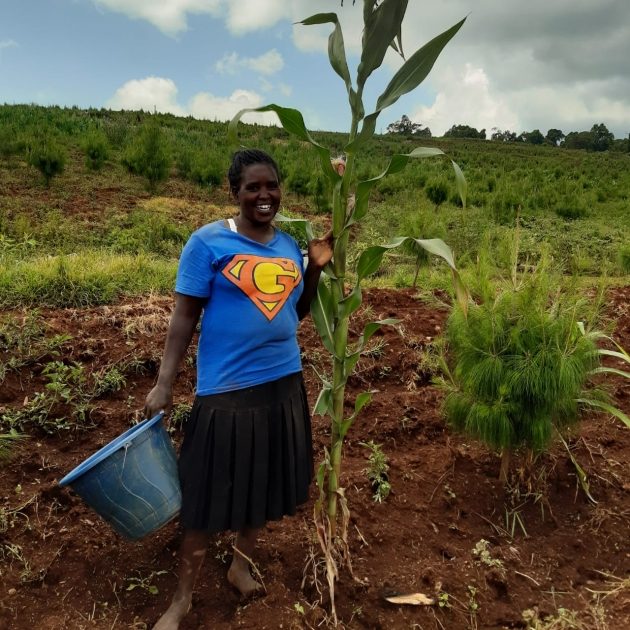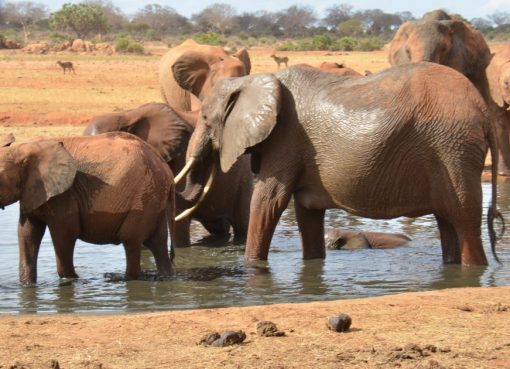Controversy continues to surround the lifting of a six-year moratorium on the logging ban after the High Court issued conservative orders rescinding the directive.
At the same time, loggers from the Central region who had borne the brunt of the ban now claim there was another High Court ruling that had granted them access to the government forests issued on February 24 this year and therefore question the necessity for another order.
Last week, Justice Oscar Angote granted stay orders stopping President Dr William Ruto’s executive order that had lifted the freeze on logging in June.
The court similarly barred the State from issuing new permits to millers to harvest trees in government forests until the conclusion of the current suit.
The case had been filed by the Law Society of Kenya (LSK) after it raised substantive arguments in the manner in which the logging ban was lifted, claiming the government had bypassed the public when arriving at the decision. The court has directed the matter to come up for a hearing on August 14.
But Central Region Saw Millers Association spokesperson Wachira Gitau now claims further delay in execution of the State’s directive that allowed the resumption of logging in commercial estates will only jeopardise their business further.
He says even by the time President Dr William Ruto lifted the ban, loggers from the six counties he represents had lost forest products worth millions of shillings after the timber they had paid for rotted in the forests.
“Even before the ban was lifted, most millers who had paid money in order to harvest trees in the forest were counting losses running into millions since the trees they had been allocated had already rotten.” This means that by the time they were trooping back into the forest, there was little, if anything, worth salvaging. Therefore, imposing another order barring us from collecting what we had paid for will only be a death knell to our business, taking into consideration that the majority of us are still servicing loans we had taken to purchase modern equipment and hire staff to run our ventures,” he told KNA.
Nyeri County Ecosystem Conservator Moses Wahome, while acknowledging the existence of the recently disclosed court, said they were still awaiting a directive from Nairobi on the way forward.
He also promised to comment on the matter once it has been dispensed with but declined to comment on the fate of those who had already paid for permits to harvest trees in 2018.
“It is true that we are aware of the existence of a court order that was issued last week in regard to the directive that had earlier been issued by the Government. But we are still waiting for direction from the headquarters on the best way to address this matter and the way forward from here,” he said.
Joseph Irungu, who runs the Ebenezer Timber yard at King’ong’o trading centre, said he was optimistic the new court order would be vacated to allow him harvest timber worth Sh600,00 he had paid for in 2018.
Irungu, who is yet to receive clearance documents from the Kenya Forest Service (KFS), has also downplayed fears of being locked out of the forest for the second time, arguing that the matter in court would soon collapse.
“I am not worried about the case in court since the government has already lifted the moratorium on logging. Actually, I am expecting to get my clearance permit any time from now (Tuesday) to enable me to harvest the portion of trees I had paid for before in 2018,” he pointed out.
Gitau claims those who are going to court to obtain orders to stop logging in commercial forests were not sincere in their purported quest to preserve the country’s forest cover but were out to seek partisan interests at the expense of the millers.
He has further accused LSK of raising issues with the Government’s move to allow members of the public access to cultivate fast-maturing crops in the forest under the Shamba system, popularly known as pelis, while at the same time taking care of growing tree seedlings.
“The Plantation Establishment for Livelihood Improvement Scheme or Shamba system, has been the mainstay of our commercial forests since colonial times, where the local community has been integrated in management and preservation of growing trees as they undertake simple farming activities for their upkeep. When we go ahead and chase the same people from these establishments, it means we will have nothing to talk about in the coming days. It is therefore unfortunate when the Law Society of Kenya goes to court to bar such activities without offering any tangible alternative on how we are going to increase our forest cover as a country,” he opines.
According to the National Forest Resources Assessment Report, the country’s forest cover stands at 8.83 percent.
Nyeri County has three times the nationally recommended 10 percent forest cover and a tree cover of 45.17 percent.
The moratorium on logging was reached following the findings of a task force that had been constituted by the government to inquire into forest resource management and logging activities in the country.
The task force found out that the board and the management of KFS had been unable to “stem and in some instances, have directly participated in, abated and systematised rampant corruption and abuse of office in undertaking harvesting of forest products.
Forest plantations currently cover at least 335,000 acres in all gazetted reserves in Kenya, including Mount Kenya, Aberdare, Mau Forest Complex, Cherangani Hills and Mt Elgon.
In 2019, sawmillers across the country raised concern over the ban on logging, saying trees worth billions of shillings were rotting in the government forests and in the process, denying Treasury at least Sh30 billion annually in lost revenue.
According to the 2020 Economic Survey Report, the total public forest cover rose from 141,600 hectares in 2018 to 147,600 hectares in 2019 as a result of the ban on logging.
Kenya had hoped to attain its target of 10 percent forest cover by this year, according to projections by the Kenya National Bureau of Statistics released in 2020, a feat that remains elusive.
By Samuel Maina





